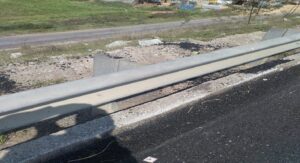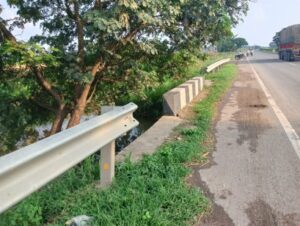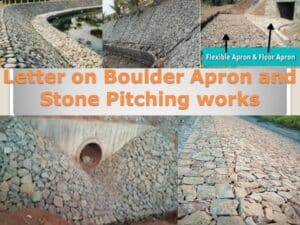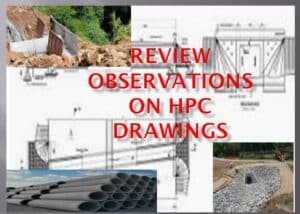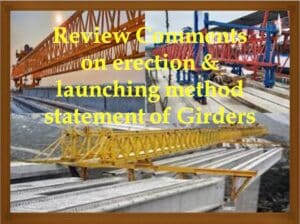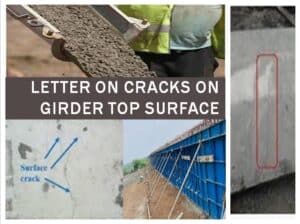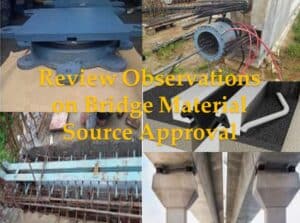Defective Metal Beam Crash barrier
Here’s information about a defective metal beam crash barrier on a project highway.
During the highway operation phase, the installed metal beam crash barrier experienced a defective condition due to the following factors:
- loss of its shape, position
- Affected by age and vehicle hits.
According to the Concession Agreement (CA), the concessionaire must maintain all project aspects, features, and facilities in conformity with good industry practices. This includes repairing and correcting defects and deficiencies. repair and restoration within the time limit set forth therein.
The independent engineer (IE) has an obligation to inspect the project highway and identify defects. The IE is also required to compile a report detailing the defects they have found. And issue a notification to the contractor for repair, based on the clause above.
The forthcoming information showcases some findings and comments from the IE about a defective metal beam crash barrier.
Letter on defective metal beam crash barrier on the Highway Project-Reg
A formal letter has been sent to the consultant about this issue. This story is about a faulty metal beam crash barrier. It highlights various safety issues like damaged, lost, or defective crash barriers. It’s been sent to the concessionaire, asking them to rectify the problem.
| To
The Concessionaire, Subject: Defective Metal Beam Crash Barrier. Dear Sir, We conducted a site inspection on the project highway. The site inspection revealed a variety of safety concerns related to defective and damaged MBCB. The following are the various defects of the W-beam crash barrier on the project highway. Defective metal beam Crash barrier: case 1 Reduced height
|
Note to Visitor
Please note that the contract conditions shared here are examples. These derive from the CA of the DBFOT project under the PPP mode for 2018–2020.
Necessary changes to the existing contract terms need to be made according to the specific project to draft a similar notice.
Read the notice on highway safety defect intimation to the concessionaire or contractor on Project Highway.
Also read various other sample draft formats of letters during operation and maintenance phases, such as bridge structure, toll, and safety. The highway project at this site also encompasses other related elements.
Defective Metal Beam Crash Barrier: FAQs
What is the standard height of the MBCB?
The standard height of MBCB from BC top should have a typical height of 925 mm.
What are some common defects in metal beam crash barriers?
Reduced height: not to the standard height of the BC top surface.
Missing, lost, or damaged: which is due to accidents
Improper end connections of the MBCB to the RCC barrier

